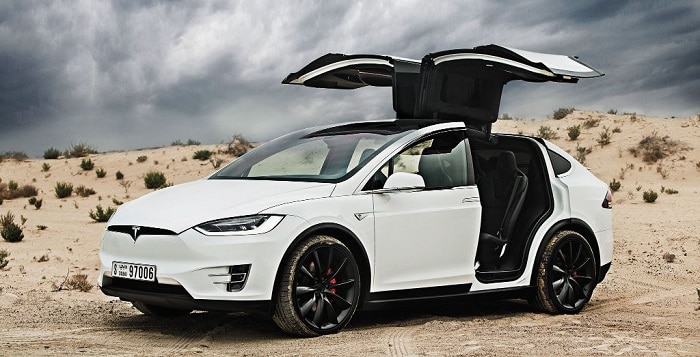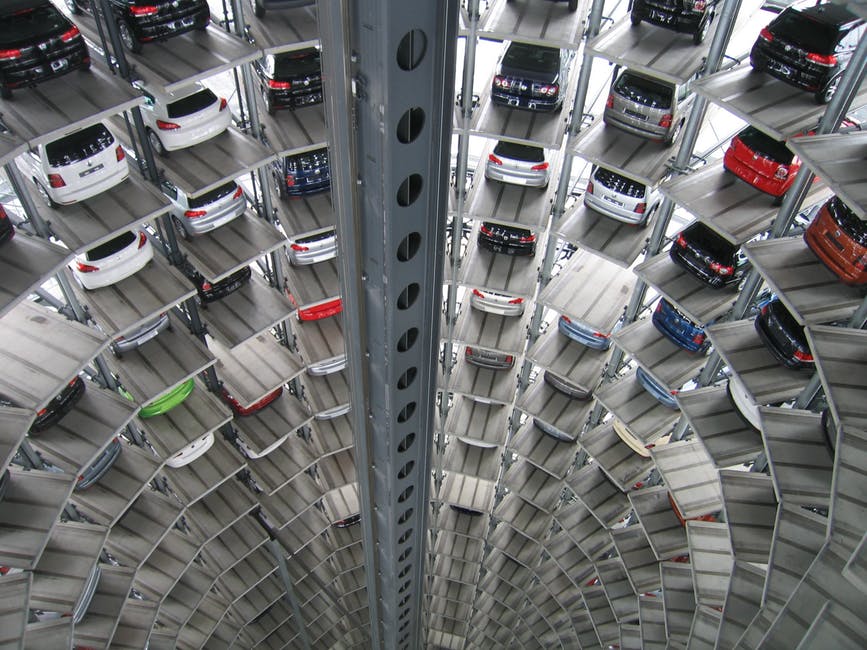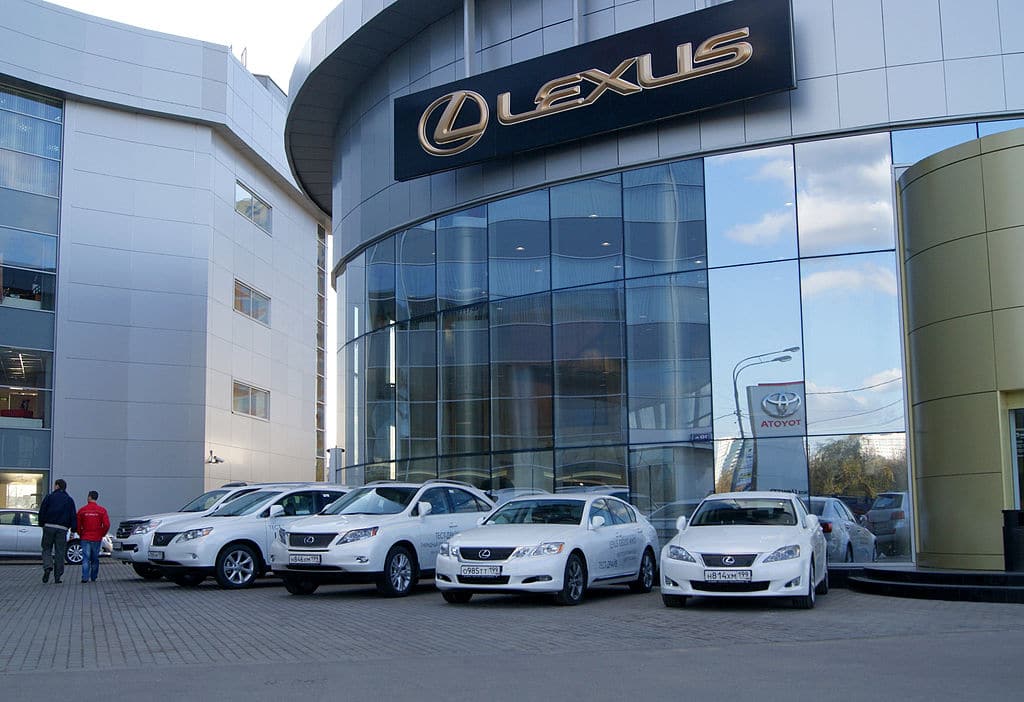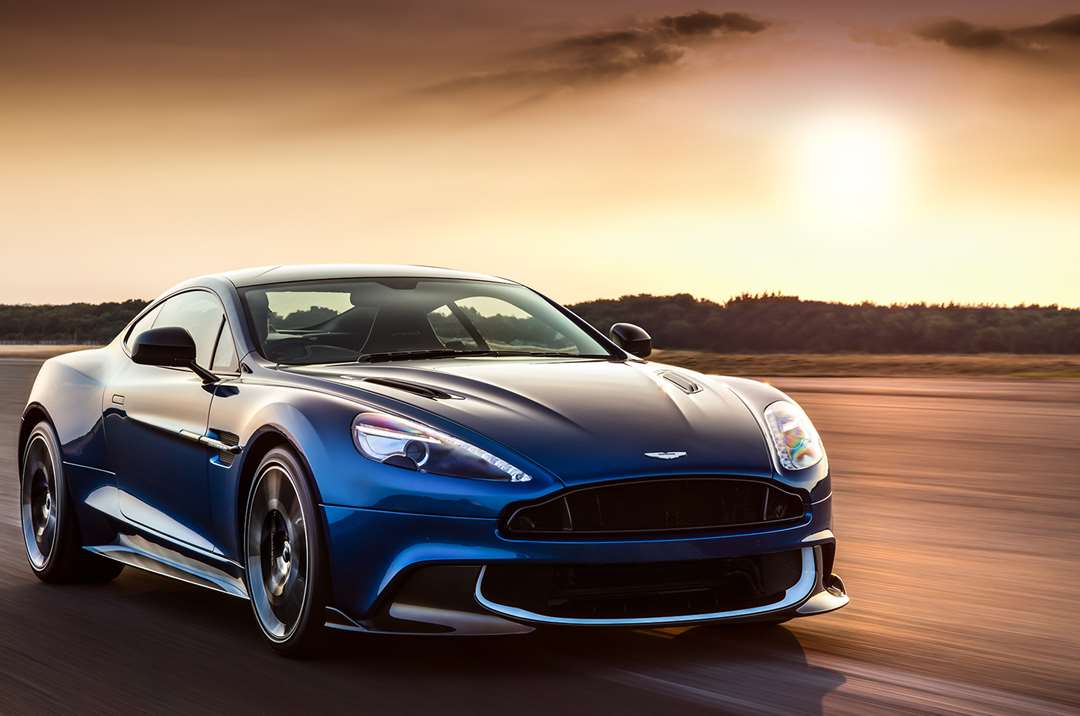It’s been a tumultuous year for Tesla founder and CEO Elon Musk, but his ultimate fate hangs on the sales numbers and if they can be profitable.
Musk faced criticism and even federal investigations for a series of missteps that included tweeting about possibly taking the company private and smoking pot on a podcast. Yet, part of having a mad genius billionaire CEO is that sometimes they date pop stars and get in Twitter beefs with other pop stars. All that behavior is just part of the rockstar character of the company, but only if that company is doing what it is supposed to be doing. After investing almost every cent of capital into the company, it was crucial that the automaker hit sales goals and turned a profit.

Profitability, but Not Without Doubts
When the third quarter numbers were released, all the panic surrounding Tesla’s profitability seemed for naught as they posted revenue of just under $7 billion. This wasn’t just a barely profitable quarter, it was a significantly profitable one. Yet, as noted by Yahoo! Finance, there are doubts. Because Tesla produces zero-emissions vehicles they get “credits” in states that require specific emissions standards. In nine states in the U.S. these are called ZEV credits, but Tesla also sold $137 million of “non-ZEV credits.” These go to automakers whose vehicle emissions miss targets, thus forcing them to pay this penalty to companies who hit or surpass them. An analyst at UBS downplayed the profitability argument by saying Tesla won’t be profitable without “special help” of some kind.

Yet, to call this “special help” is unfair. Tesla is the U.S.’s only all-electric automaker, thus it is able to back ZEV and non-ZEV credits every year. These are assets, just like anything else. Also, since they can be sold off at any time, Tesla would be foolish to not tap this resource when they need it. Though, according to UBS’s own analysis even without these sales Tesla still put up profits of fifty-five cents per share of stock. And as long as Tesla is the only all-electric automaker, it’s something they can count on. As a long-term asset the story changes, especially if any of the big automakers make the switch to all-electric. Still, until that happens, Tesla has the credit-market cornered.
They Are Moving Autos, Too.
Tesla’s never really had a problem with car sales, but they have struggled to produce enough cars to meet demand. Yet, as they’ve improved their production abilities, this means that more people are buying and driving their cars. Between July and October of this year, Tesla boasts delivery of more than 56,000 Tesla Model 3 units. This number, if accurate, puts Tesla in the top twenty car models sold in the U.S. for the first time. In fact, it outsold the GMC Sierra, a truck that’s more than $10,000 cheaper than the Model 3.
Kelly Blue Book, the car industry’s Bible, shows that people aren’t just getting a bare bones Model 3. They are paying “transaction prices” for extras and add-ons, bringing the average price to just under $68,000. If you compare this to other luxury automakers that sell similarly priced vehicles, they rank fourth for the third quarter. Lexus, Mercedes, and BMW beat them, but they come in before industry powerhouses like Cadillac, Acura, Porsche, and (fittingly) Land Rover. Even more impressive, these numbers mean that Tesla’s market share shot up to 2.1 percent from 0.5 percent just a year ago. The real trick will be keeping this up.
What do you think? Do you want a Tesla? Share your thoughts, predictions, and experiences in the comments below. Don’t forget to share the article online if you enjoyed it.
Related Article: Top 12 Most Expensive Electric Cars 2018


